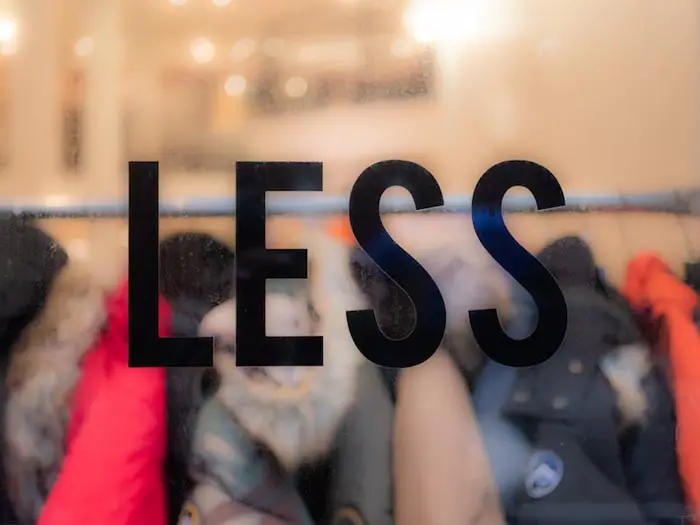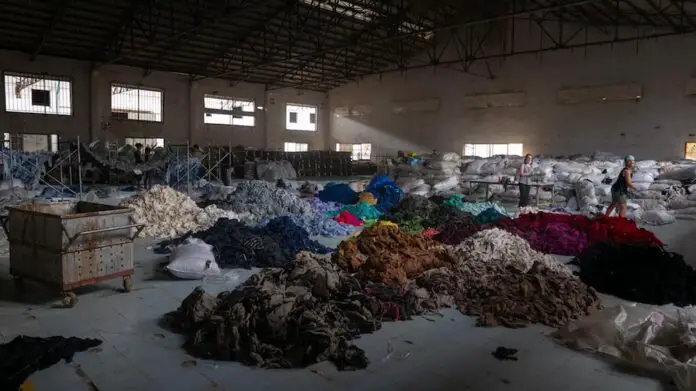Nowadays, sustainable, eco-friendly, or environmentally-friendly clothing appears more important than ever before. Consumers who are both concerned about the environment and interested in the latest trends seem to be searching worldwide for more sustainable clothing options, just as they do with other eco-friendly goods and services. This is not some fleeting fashion phenomenon that will soon go away. It is an inevitable byproduct of the multifaceted fashion revolution.
Eco-friendly fashion, like green, slow, and sustainable fashion, is a social and cultural movement within the clothing and fashion sector that seeks to reduce the negative effects of the industry on the environment at all stages of the fashion cycle.
So where do you even begin when it comes to assembling and donning an eco-friendly wardrobe? Where would you even look to find men’s and women’s sustainable clothing? Which fashion labels care about the environment? It’s a tricky problem that calls for further investigation.
If you’re just getting your feet wet with all these ideas, it may seem like a lot to take in at once. In this post, we’ll go over the basics of fast and sustainable fashion and its importance for the present and future of our society. First, let’s look at what fast fashion is and how it impacts our world.

What is Fast Fashion by Definition?
In the last twenty years or so, clothing has become a throwaway commodity that can be bought and sold at will. Most customers make frequent purchases of new clothing, which may be seen as frivolous by others. The ever-expanding fad of fast fashion has made it simpler, quicker, and cheaper to go shopping anywhere and have shopping sprees at high-street stores or little boutiques just down the road.
Globalization has facilitated the spread of fast fashion. There are a lot of factors contributing to its meteoric rise to fame. It was established as a solution to the rising costs of keeping up with the latest trends in inexpensive clothing.
Tragically, cheaply made clothing manufactured in excess and worn by too many people has negative effects on the natural environment. As a consequence of our disposable society, there is an increasing amount of clothing that ends up in landfills. Each year, 21 billion pounds of textiles are thrown away in the United States alone.
Ecosystems are severely harmed by fast fashion, which endangers both animal and human health. It leads to deforestation, climate change, and air, land, and water pollution as dangerous chemicals are dumped into the environment. This is where sustainable fashion comes in.
What is Sustainable Fashion?
Sustainable clothing has emerged as a response to the problems associated with fast fashion. It encourages a more conscientious approach to the use and production of clothing in an effort to lessen the environmental effect of the fashion choices we make for our bodies on a daily basis.
The clothing business can benefit from our perspective as customers and we can use this to make positive changes. It is our responsibility alone to decide what we will wear and who we will give our money to. With more people aware of the problems and willing to make ethical purchases, we can solve them one by one.
Eco-friendly clothing does not have a negative impact on the environment. The trend encourages a greener approach to fashion. Slow, eco-friendly, and long-lasting clothing have much in common.
Fashion that is more ethically responsible and socially involved is what we mean when we talk about ethical, conscious, fair, and just fashion. The primary objective is to abstain from supporting any companies, groups, or actions within the fashion industry that are known to be harmful to both humans and the natural world.
Eco-friendly clothing lines prioritize environmental concerns while purchasing materials and transporting goods. The public, governments, organizations, and both small and large corporations all have a part to play in making the fashion industry more sustainable. Unfortunately, this brings up the following problems:
How Can We Make Clothing Not Harm the Environment?
Here are some concepts for your consideration and potential implementation:
- Only purchase clothing made of environmentally friendly fabrics and textiles;
- Look for carbon-neutral shipping options;
- Buy second-hand clothing;
- Mend your ripped clothing pieces or reuse them for a different purpose;
- Incorporate the usage of environmentally friendly packaging in your everyday life.

Final Thoughts
The fashion business is one of the main causes of climate change, which continues to be a serious problem. To protect our planet, its ecosystems, its species, and our own health, we need to make some adjustments to the way we create and use clothing.
Unfortunately, only the oil business is a bigger polluter than the fashion industry. Both our culture and the environment suffer as a result. We are on the brink of a worldwide climate catastrophe which will come true if we don’t do anything to stop it. So make sure you think twice before you buy that piece of clothing and make smart decisions when you choose which apparel company you give your money to.
##



